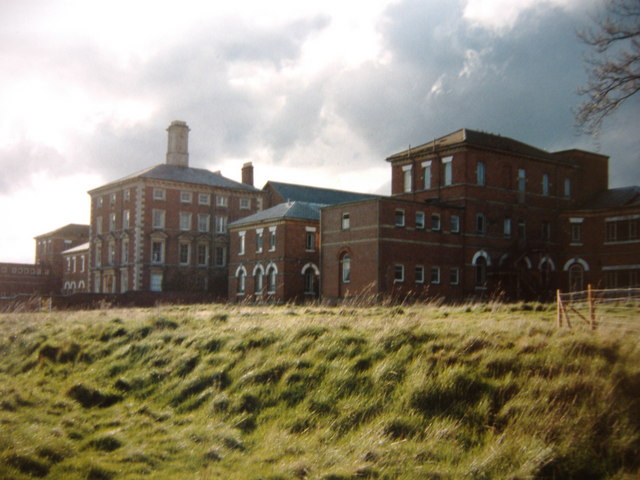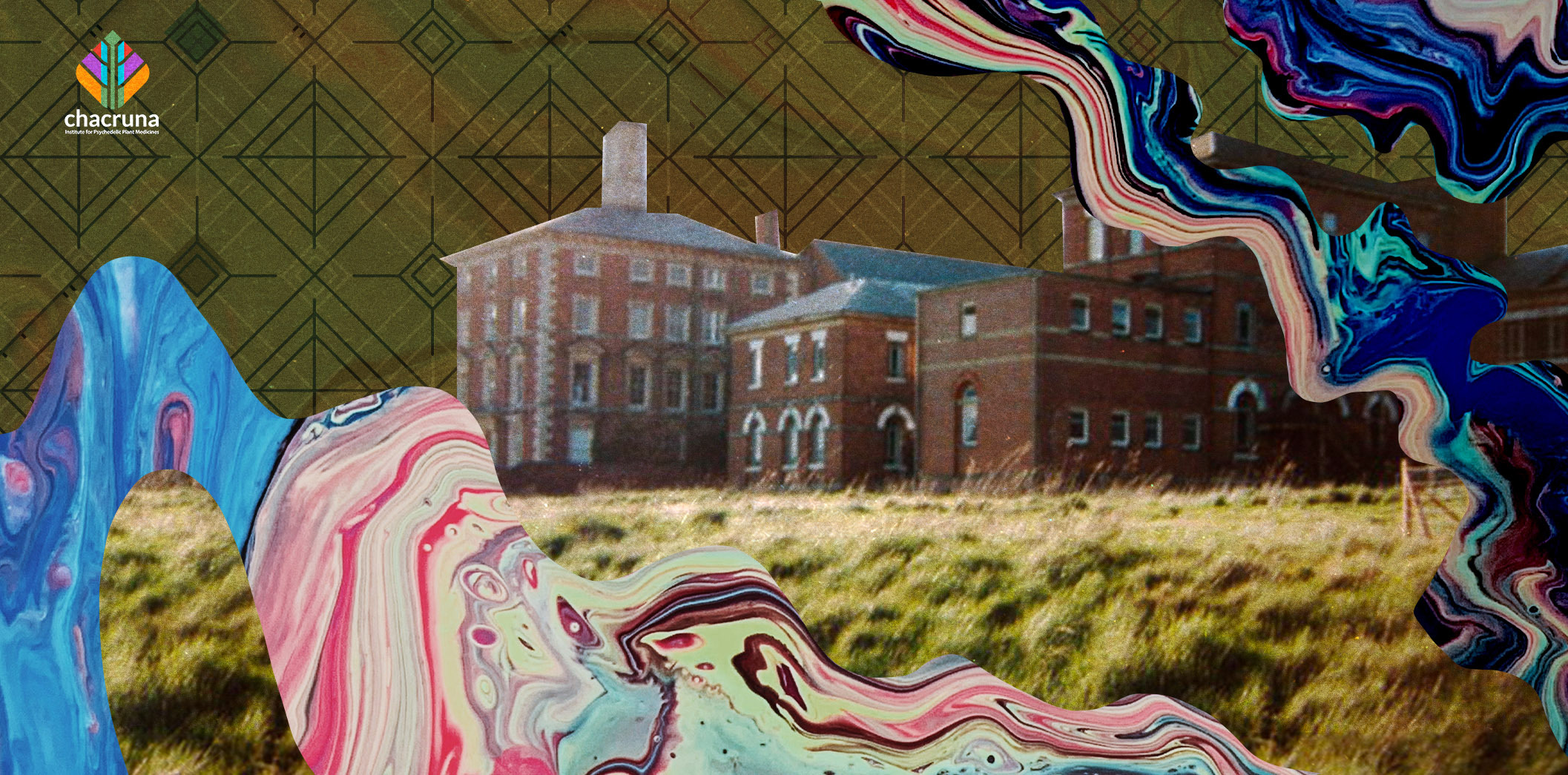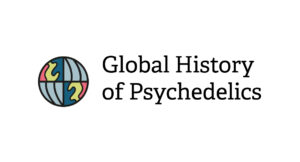- Remembering to Forget: How the UK Disappeared from the Psychedelic Map - November 17, 2023
- A Historian’s Reflection on Music and Psychedelics - December 16, 2020
Whenever young Frank Crompton accompanied his grandmother on the bus through Worcester, England in the 1950s, she made him put a bag over his head as the bus drove by Powick Psychiatric Hospital. “Don’t look that way or you’ll get damaged by it,” she would say. The stigma of Powick was widespread in the local community. Beryl Kendall, whose mother was institutionalized at Powick, remembers an old saying that if you were naughty, you would be sent there. “Horrific, that was,” she remembered of the rumors, which added to her stress when she got off the bus in front of the hospital. “I never knew what I was going to find.”

The looming presence of the asylum was enough to give just about anyone pause. When American W. V. Caldwell first laid eyes on Powick in the 1960s, he understood why passersby might look the other way. He described the hospital as “gray and dismal, its stones piled upon one another in monumental unimaginative weariness.” This American observer interpreted the view as characteristically British: “Tall curtainless windows stared blankly at us through the first spatter of cold rain. Here were all the schools, orphanages, and prisons of Charlotte Bronte and Dickens wrapped into one. Here was the English ‘institutions,’ bleak and somber.” Two local high school students visited in the summer of 1962, noting that the hospital “presents rather a grim sight when viewed from Hospital Lane, with its high walls and rectangular windows.” No wonder, they wrote, “that those who judge the hospital on this appearance imagine it to be a place of straight-jackets and padded cells.”
Over 26,000 people passed through Powick’s doors between 1852 and 1989 for treatment.
But what about the inside? Over 26,000 people passed through Powick’s doors between 1852 and 1989 for treatment. What was the experience like for them? “I could see the lights all along the Malvern Hills and bank of hills near which I know must be very near home,” wrote one patient as she looked out from inside the institution’s walls just after being admitted. “I thought of the prospect of about a month in this place and wept.” Medical superintendent Ronald Sandison saved her undated account of her first thirty hours at Powick, noting that her unhappy experience served as a “reminder of the immenseness of the task of turning Powick Hospital into a therapeutic unit.”
Find more information on the upcoming Psychedelic Culture Conference.
My chapter in Expanding Mindscapes addresses Ronald Sandison’s role in temporarily putting Powick on the psychiatric map through his introduction of LSD-assisted therapy. From 1952 until 1964, Sandison treated over 500 patients with LSD, published a series of papers in psychiatric journals, presented his work at conferences in the UK, Europe, and the United States, and in 1961 organized a historic three-day conference in London on the therapeutic use of LSD.
My chapter in Expanding Mindscapes addresses Ronald Sandison’s role in temporarily putting Powick on the psychiatric map through his introduction of LSD-assisted therapy.
His findings were received “almost with hysteria,” he reflected later. “You see psychiatrists at that time were under such pressure . . . people were hungry for anything they could get their hands on.” As a result, the practices implemented at Powick “very quickly spread to most countries.” Despite these successes, however, Sandison ultimately remained skeptical about a future psychedelic renaissance. In the 1950s, LSD was “a highly regarded and precious substance, used with care and some reference by a small group of physicians,” he wrote. “Sadly, it became in the next decade the playthings of millions, thus devaluing its significance as a therapeutic tool almost to nil.” As a result, the therapeutic use of LSD, he wrote later, “has gone forever.” But Sandison’s skepticism came at a price; UK’s “founding father” of psychedelic treatment found his contributions, with few exceptions, essentially erased from the historical record by the 1990s.
Art by Karina Alvarez.
This is an abridged version of Wendy Kline’s chapter, “Remembering to Forget: How the UK Disappeared from the Psychedelic Map,” in the edited collection, Expanding Mindscapes: A Global History of Psychedelics, which will be released with MIT Press on November 21, 2023

Shop our Collection of Psychedelic T-Shirts.
Take a minute to browse our stock:
Did you enjoy reading this article?
Please support Chacruna's work by donating to us. We are an independent organization and we offer free education and advocacy for psychedelic plant medicines. We are a team of dedicated volunteers!
Can you help Chacruna advance cultural understanding around these substances?
















